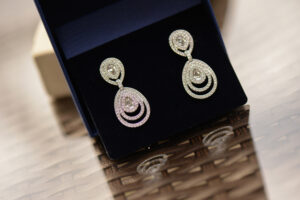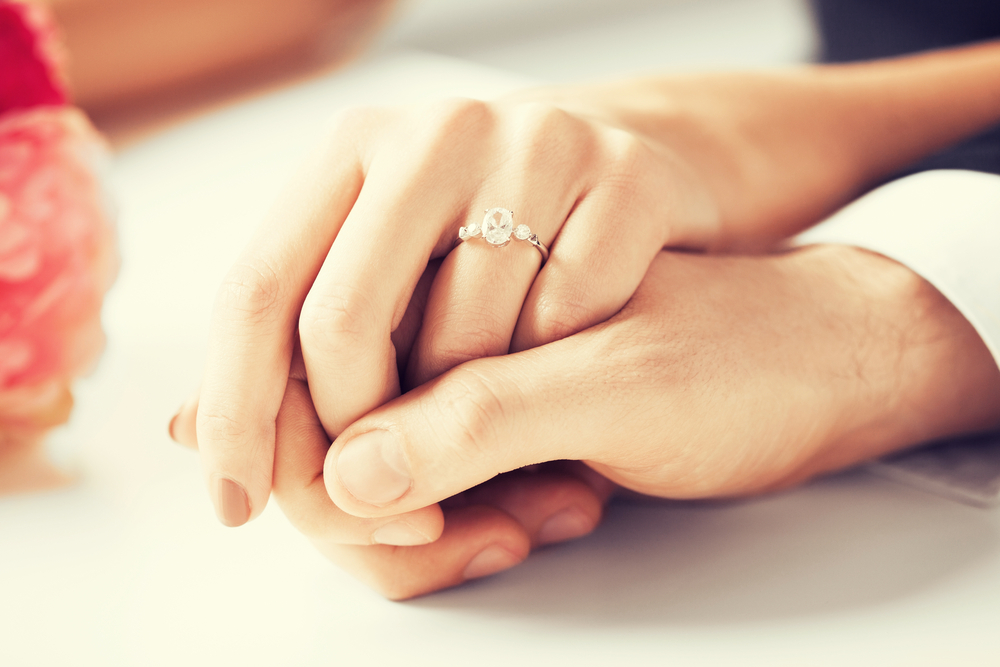
A diamond is not something that you add to your daily shopping list. Most of us buy a diamond for the purpose of our engagement ring. As soon as you start to enquire about how to buy diamonds, you will find that it is not an easy task. There is a lot to consider, like diamond cuts, shapes, and grades and this can easily overwhelm you. So in this article, we are providing you with some tips that you may find helpful in choosing your first diamond.
Be Careful When Compromising
One thing everyone knows about a diamond is that they are expensive. You may find that your favorite diamond is much costlier than you expected. So for reducing the price, you may compromise on some quality parameters. If you are ok, reduce the carat size for reducing the cost. But be very cautious when you compromise on other parameters like cut, clarity, or color. For example, a diamond of poor cut quality and clarity grade may please your eyes in the artificial lighting in the jewelry store. But when you use the diamond in natural light, it may look dull due to its poor quality.
Consider Alternatives To Natural Diamonds
There are diamonds that are synthesized in labs and they are called lab-grown diamonds. They are real diamonds and have all the physical, chemical, and optical properties of a natural diamond. The exact diamond growing conditions are provided inside a lab to create lab-grown diamonds, so you may not worry about the quality. Lab-grown diamonds are less expensive than natural diamonds. The price difference can be more than 30% between a natural diamond and a lab-grown diamond of the same quality parameters.
If you don’t want a diamond, you can go for other gemstones such as moissanite, ruby, sapphire, etc. They are cheaper than diamonds, but they have their own merits and demerits.
Cut Quality Is Important

The ‘Four Cs’ are the major quality parameters of a diamond. Among the Four Cs, cut quality is the most important. A diamond should have a good cut quality to generate its brilliance and sparkle. A fine cut quality also helps in hiding small imperfections and inclusions in a diamond. It is important to select a diamond of good cut quality or else you may regret it later.
GIA certificates are provided with each diamond graded by the GIA. All the details of a diamond along with cut quality are provided in this certificate. So before going to buy a diamond, learn to understand the GIA certificate.
